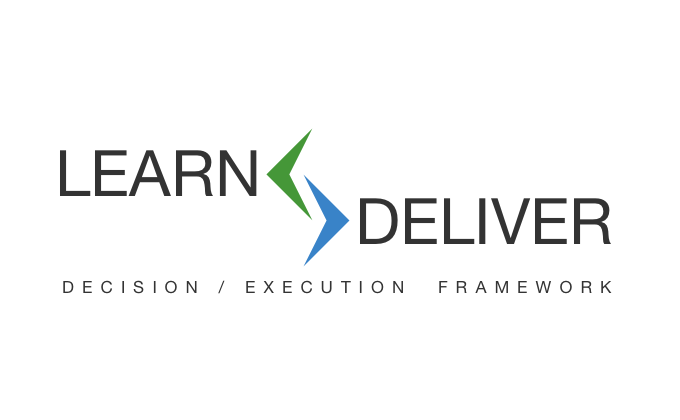
Questioning Process in Product Design
How to Move at the Speed of Transformation
“People tend to have a love-hate relationship with process. For some, it is their guiding light; others consider it a 4-letter word.”
After 30 years of product design, be it software or services, and equally as many project plans and roadmaps, I found the greatest hinderance to transformation is a consistent entanglement with process. There is little disagreement over the speed at which technology, products, and services evolve; yet, we often hold onto process well past its expiration date. Why are we reluctant to change or let go of process and how does this reluctance effect the transformation of our company, products, and thinking?
People tend to have a love-hate relationship with process. For some, it is their guiding light; others consider it a 4-letter word. On one hand, process can be comforting because it provides order, direction, and priority to an otherwise ambiguous stockpile of things to do. On the other hand, process can cause people to rebel against its prescriptive nature, its linear and restrictive direction, Its complexity, and its inability to meet the needs of someone’s special team or project (look for my upcoming book, “The Snowflake Defense, How to Avoid Change in a Transformational World” in 2021).
The greatest threat that process poses to product transformation is the risk of focusing on steps and phases, rather than promoting a regular cadence of thinking and questioning. For example, it is typical to kick off an initiative by creating a detailed multi- year plan based on a set of objectives and key results. Unfortunately, this plan, even when executed perfectly, can leave us chasing milestones and mechanically measuring progress for quarterly meetings, instead of questioning whether we are still solving the right problem.
Even if we implement an Agile-esque methodology to enable us to move fast and remain nimble, in most cases, it mainly serves to break things down into smaller more manageable and measurable chucks. I hate to say it, but when the camera pans out, even Agile can begin to resemble another flavor of waterfall process.
“The greatest threat that process poses to product transformation is the risk of focusing on steps and phases, rather than promoting a regular cadence of thinking and questioning.”
The Learn - Deliver Framework
The High-Five
What if we consider moving away from thoughts of process, steps, and phases, and instead focus on asking questions to set direction? The 5 guiding questions that should be asked at the end of every sprint (Agile):
What problem or opportunity are we trying to solve?
What have we learned?
What have we delivered?
What do we need to learn?
What do we need to deliver?
Regardless of whether the goal is determining a company-wide set of objectives, project viability, or an agile team’s sprint, these 5 questions will ensure you are on track and purposely moving forward. Multiple problems, opportunities, and things to learn and do? Prioritize them. Long-term strategic plans still exist but take a different form. They provide initial direction and scope based on our understanding of the problem or opportunity, what we’ve learned, and what we’ve done. The longer the roadmap, the more concrete direction is limited.
The Learn-Deliver Framework is simple. Too simple. The challenge lies not in how to explain it or implement it, but rather in how to get our product teams to step away from the comfort of process. It can be difficult to veer away from something everyone is familiar with and that has been a staple in the industry for as long as we can remember.
“The power is the result of training your product and service team’s muscle memory to always ask the right questions and ask them often.”
“Ultimately, success is not always building what you set out to build. Success is constantly transforming so that you are always designing and building an impactful and sustainable product or service.”
The power of this framework lies beyond the prioritized lists of problems, learnings, and to-dos. The power is the result of training your product and service team’s muscle memory to always ask the right questions and ask them often. This muscle memory must be developed on every level of your organization, from the tactical, to the strategic, to the executive, in order to create a steady stream of intel flowing up through leadership, resulting in alignment and a consistently refined vision.
When we speak of transformation, it often encompasses large-scale change or a significant pivot. Transformation does not always need to equate to an extensive company-wide initiative. Ideally, it is best if it doesn’t. Large complex organizational changes are expensive, disruptive, and require time to implement. Instead, transformation should happen constantly and naturally over time as part of a product team and company’s DNA. A framework like Learn-Deliver sets the stage for iterative transformation in real time.

